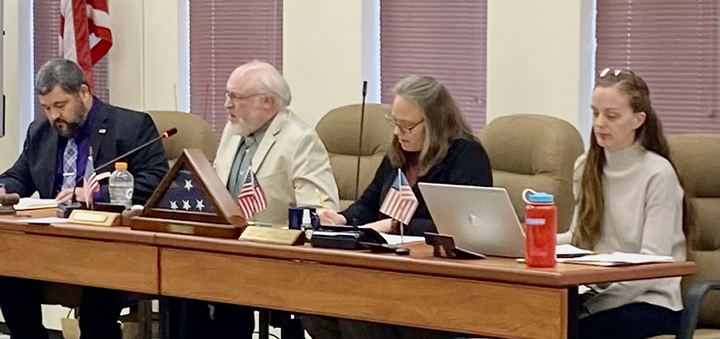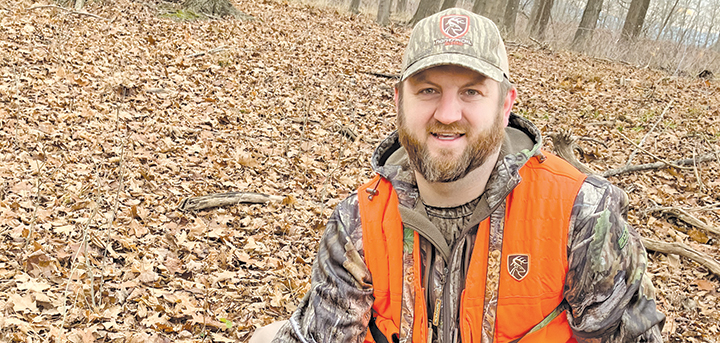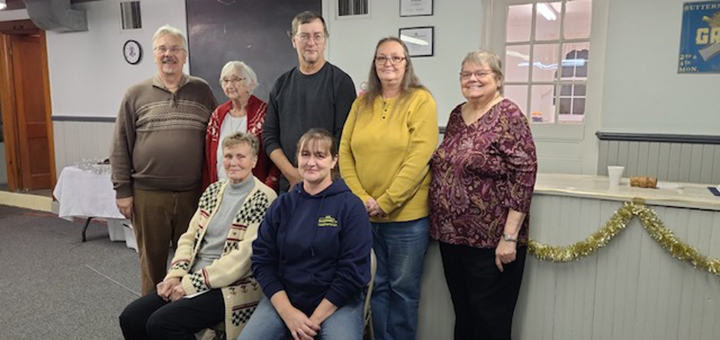The domestication of deer hunting
The images are pretty much ingrained in our minds – a monster whitetail buck in a wilderness woodland setting or lush farm field. Since our infancy, those classic images have appeared in paintings, on calendars, in advertising and in magazines. So it's no small wonder that when hunters think of trophy-racked bucks, remote woods and big farm fields come to mind.
However, many bowhunters seeking trophy bucks this fall won't be found in a stand in the deep woods or big field edges. Instead, they're apt to be within a stone's throw of a housing or commercial development. Increasingly, more trophy bowhunted bucks are being taken near developed areas, and recent entries into the New York State Big Buck Club records validate that trend.
The reason is twofold - the bucks found there are older, more mature animals, and whitetails, by their very nature, have rapidly adapted to the preserve-like conditions and habitat offered by these populated areas. The real challenge for bowhunters, as well as deer managers, is how to access these more populated areas to manage what has become a problematic and overabundant deer Mecca in many locations.









Comments